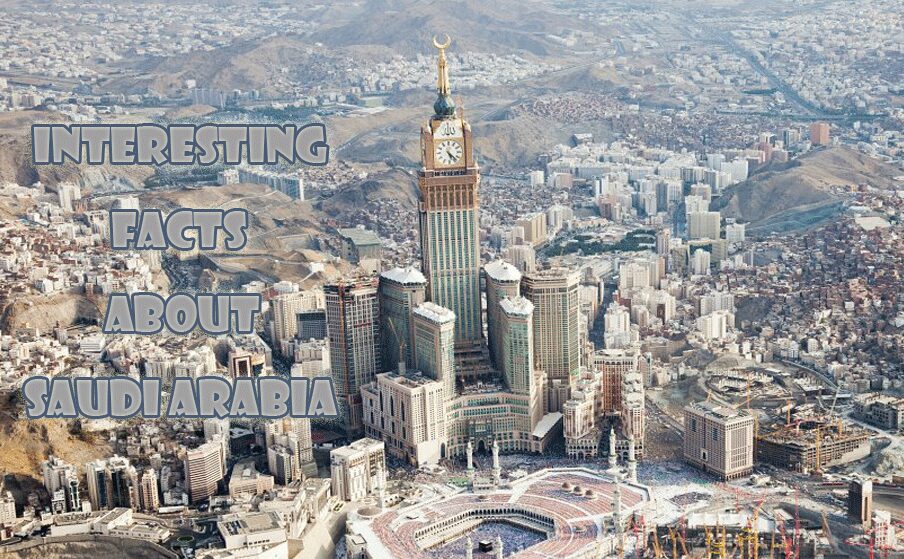Saudi Arabia has taken a leading role in recent months. Interesting facts about Saudi Arabia is that it is oil-rich kingdom pressured OPEC, the 12-nation oil cartel, to maintain production to put pressure on other major producers such as Iran, Russia and the United States. Apart from the history of oil, there is much behind-the-scenes information about the powerful center of the Middle East that many people do not know about.
Interesting facts about Saudi Arabia
- Mecca and Medina are two of the most sacred cities of Islam. It is not allowed to step on those who are not Muslims.
- The Rub al-Jali or “Empty Territory” is one of the driest places in the world. This desert, which measures 1000 kilometers in length and 500 kilometers in width, occupies a considerable part of the Saudi territory.
- It is strictly forbidden to carry and drink alcoholic beverages in Saudi Arabia.
- Homosexuality and the display of religious beliefs other than Islam are considered punishable crimes in Saudi Arabia.
- Saudi Arabia is the only place in the world where beheading, limb amputation and stoning are legal.
- Segregation on the basis of sex is common in Saudi Arabia. Under no circumstances is it allowed for a man to accompany single women, whether native or foreign, if he is not related to them.
- In Saudi Arabia, one liter of drinking water is more expensive than one liter of oil.
- The Saudi tradition observes an enormous respect for the privacy of others. Never, under any circumstances, focus your camera on a woman. You can take pictures of men only if you get their permission.
- Until 2006, taking photographs of government buildings, palaces or airports was also prohibited. Today, you can get into trouble with civilians, even with some policemen who do not know the new norm, if you go around the country taking pictures in full view of everyone.
- The elegant area of Arabia was included in the past in the list of extinct animals in their natural environment by the International Union for the Conservation of Nature and Natural Resources (IUCN). After its reintroduction into remote desert areas of Saudi Arabia, the antelope was once again classified, this time as vulnerable, which makes it one of the few animals in the world whose population has increased after its virtual disappearance.












